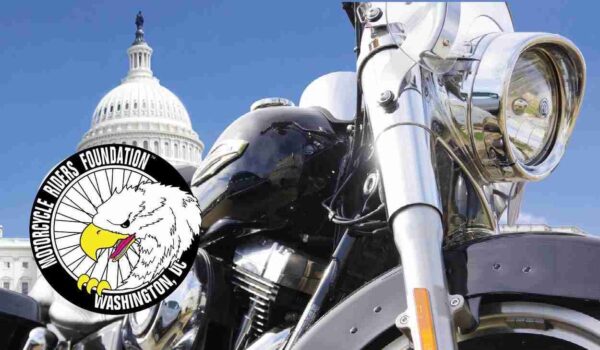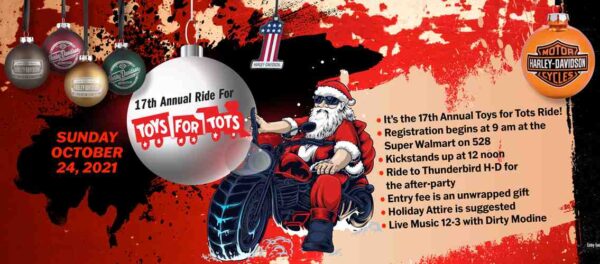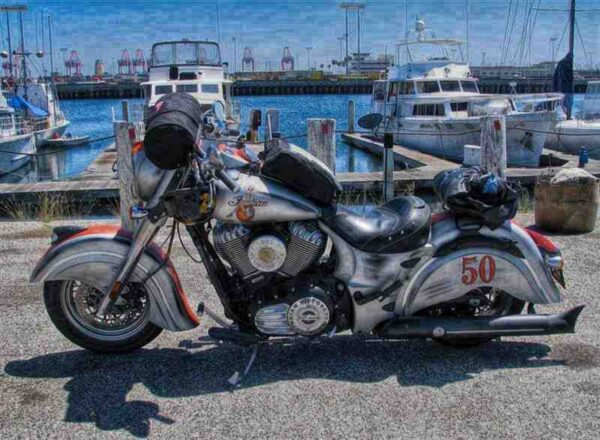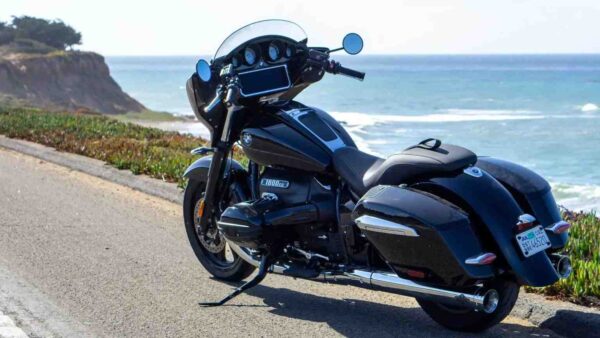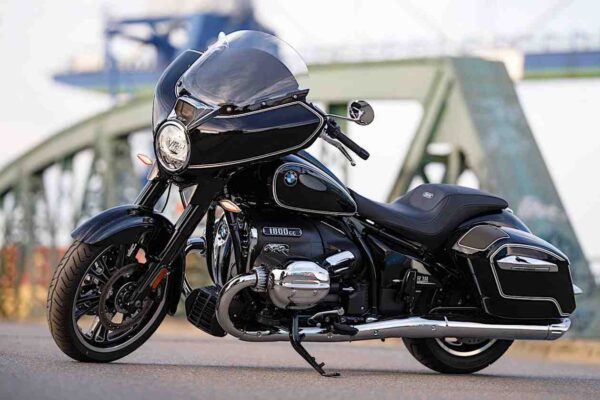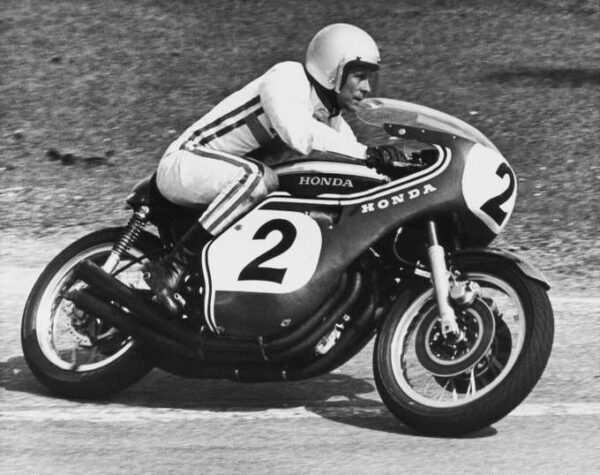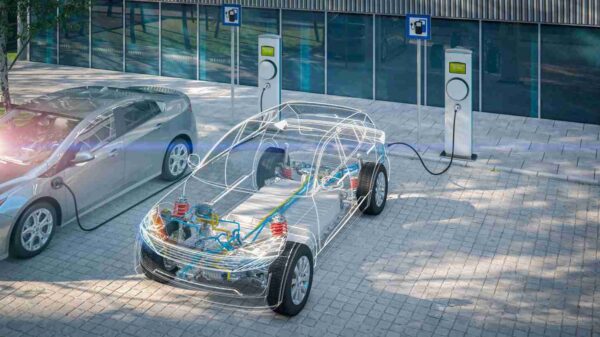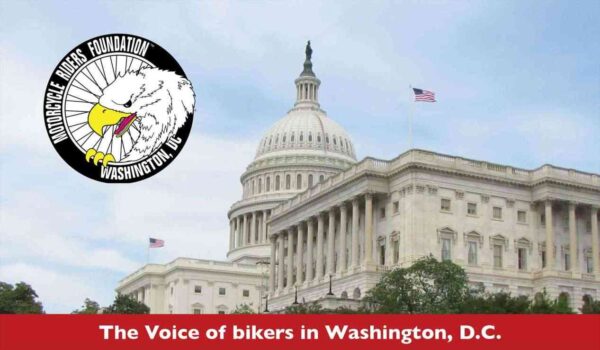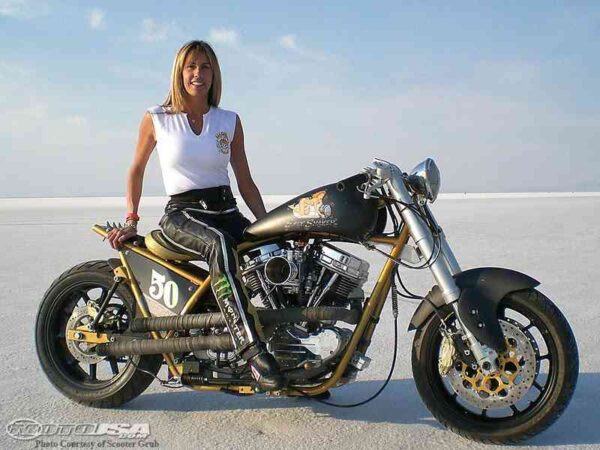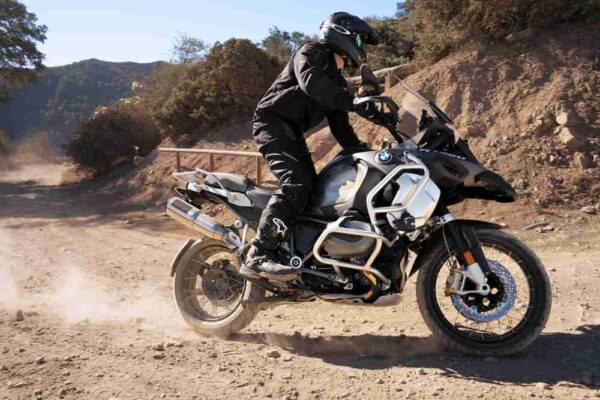MRF Update: Fatality Analysis Reporting System (FARS)
Earlier this month, the U.S. Department of Transportation released an interactive website with data from the Fatality Analysis Reporting System (FARS). FARS, which became operational in 1975, containing data on a census of fatal traffic crashes within the 50 States, the District of Columbia, and Puerto Rico. To be included in FARS, a crash must involve a motor vehicle traveling on a traffic way customarily open to the public and must result in the death of a vehicle occupant or a nonoccupant within 30 days of the crash. Fatal crash data for motorcyclists and passengers from the years 2010 to 2019 is included on this website. Users of the website can sort the information on fatalities by a variety of categories, including: State where the crash took place Crash Characteristics Environmental Characteristics Month of Crash Time of Crash Helmet Usage Alcohol Usage Age and Sex of Victims Weather Conditions Single Vehicle v Multi Vehicle While this information can be useful in understanding when, why and where crashes are taking place, it’s important to note that this data includes not just traditional motorcycles but also mopeds, scooters, minibikes, and pocket bikes. The Motorcycle Riders Foundation believes crash avoidance is key component of rider safety. There are zero fatalities in crashes that never happen. To see the website and view the decade’s long data click here. About Motorcycle Riders Foundation The Motorcycle Riders Foundation (MRF) provides leadership at the federal level for states’ motorcyclists’ rights organizations as well as motorcycle clubs and individual riders. Visit MRF Website at: https://mrf.org/
MRF Update: Fatality Analysis Reporting System (FARS) Read More »

